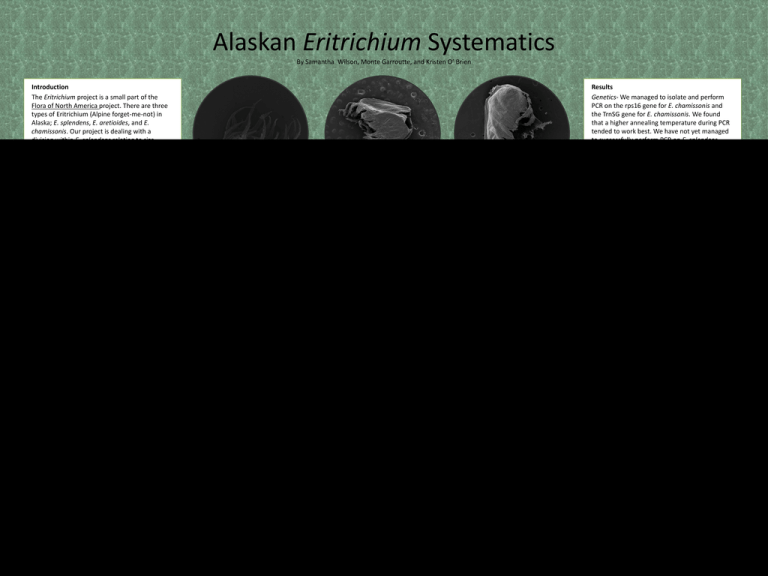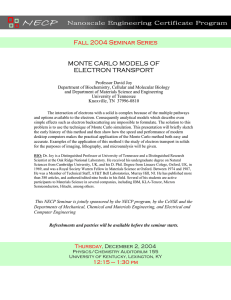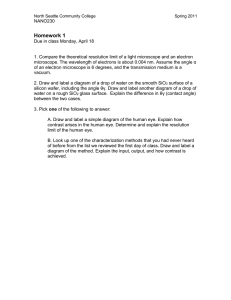Conclusion We do not yet have enough information to conclude that
advertisement

Alaskan Eritrichium Systematics By Samantha Wilson, Monte Garroutte, and Kristen O’ Brien Introduction The Eritrichium project is a small part of the Flora of North America project. There are three types of Eritrichium (Alpine forget-me-not) in Alaska; E. splendens, E. aretioides, and E. chamissonis. Our project is dealing with a division within E. splendens relating to size differences between regions. We want to genetically compare the two to determine if they are different species. We are also doing a morphological study see if we can identify the different species by nutlet size and hair structure and ultimately create an evolution tree using morphology and genetics. Results Genetics- We managed to isolate and perform PCR on the rps16 gene for E. chamissonis and the TrnSG gene for E. chamissonis. We found that a higher annealing temperature during PCR tended to work best. We have not yet managed to successfully perform PCR on E. splendens. E. Splendens nutlet electron microscope image courtesy of Monte Garroutte E. splendens E. chamissones nutlet electron microscope image courtesy of Monte Garroutte E. aretioides E. aretiodes nutlet electron microscope image courtesy of Monte Garroutte E. chamissonis Methods Genetics - We are targeting three genes within E. splendens and E. chamissonis’ plastid DNA. The genes are rps16, TrnRr, and TrnSG. The first step we had to do was extract DNA from E. splendens. Next we did PCR, on rps16 and TrnSG in E. splendens and E. chamissonis. We used an agarose gel to determine if DNA was present. Morphology- We have started the process of examining and putting quantifiable information in to a data base on a variety of Eritrichium. We hope to not only be able to confidently identify an Eritrichium to the species by looking at the nutlets, but to also be able to use these features to create an evolutionary tree to see which Eritichium are most related. However, many more data sheets are needed to make this possible. Conclusion We do not yet have enough information to conclude that E. splendens has two separate species under that name. However, we have narrowed down the ways to get a working PCR for genetic proof of our hypothesis. We have also made significant progress in retrieving genetic information for E. chamissonis. Nutlet examination, if proved effective in identification, can, working together with our genetic research, be an effective way to identify the various types of Eritrichium. Morphology- We examined scanning electron microscope images to identify the characteristics of nutlets and how they vary between species. We also examined hair thickness variation between species. E. Splendens nutlet (large flower variety) electron microscope image courtesy of Monte Green is E. chamissonis, blue is E. splendens, pink is E. aretioides courtesy of Monte Garroutte and Arctos Acknowledgements I would like to thank Bioprep, INBRE, RAHI-2, UAF, Monte Garroutte, Kristen O’ Brien, Keiko Herrick, Andrea Price, Rebekah Hare-Sanford, Caitlin Green, and the Herbarium. "The project described was supported by Award Numbers P20RR016466 and R25RR024282 from the National Center for Research Resources, a part of the National Institutes of Health. The content is solely the responsibility of the authors and does not necessarily represent the official views of the National Center for Research Resources or the National Institutes of Health.”




